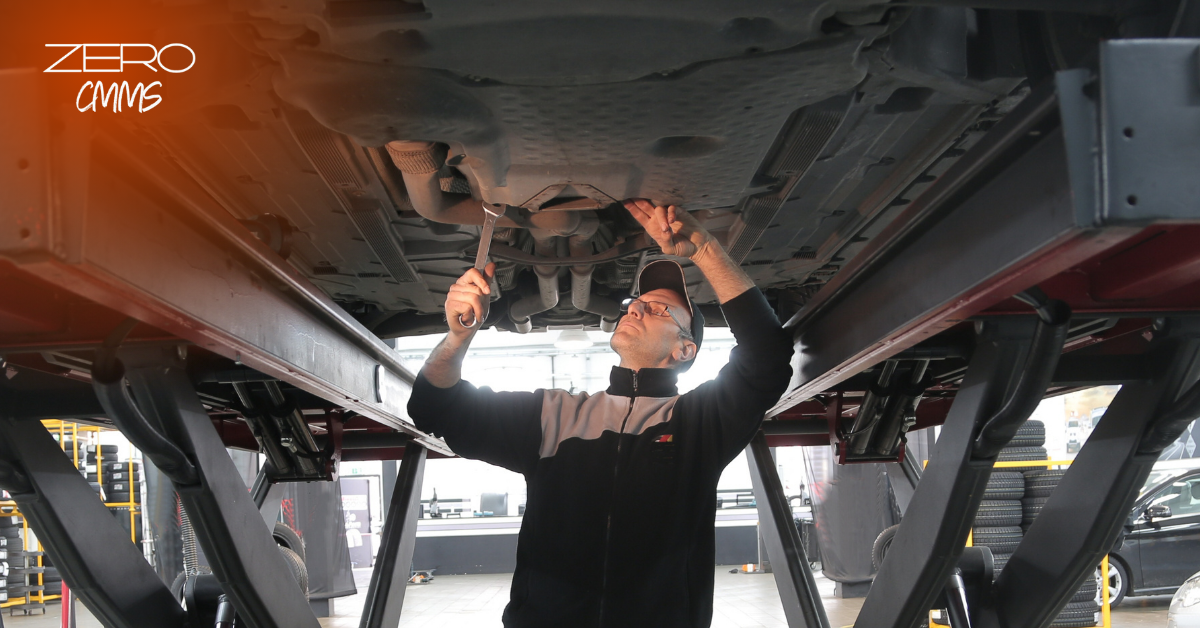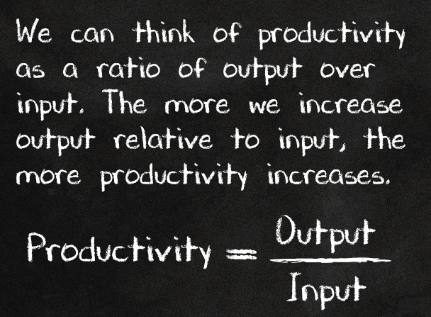5 min reading time
What Is Preventive Maintenance?
22 ม.ค. 2023, 7:42:19

Preventive maintenance is a maintenance strategy selected for critical operating fixed assets to prevent undesirable events from affecting the operational availability and quality, and the productivity of the company. Productivity is the key for making money. The goal of all for-profit companies is to make money, and use it for asset replacements or new investments to grow the company. Otherwise the money must be paid back to the owners or shareholders as dividends.
THE PURPOSE OF PREVENTIVE MAINTENANCE
The purpose of preventive maintenance is to prevent undesirable events from happening and to keep the operating fixed assets in good working order and operational availability and quality at designed level or better.
WHY IS PREVENTIVE MAINTENANCE IMPORTANT?
Productivity is the amount of products produced and services delivered (output) divided by the amount of raw materials, energy, labor, and other resources (inputs) used to produce those products and deliver those services.
 SOURCE: U.S. BUREAU OF LABOR STATISTICS
SOURCE: U.S. BUREAU OF LABOR STATISTICS
Preventive maintenance plays a key role by keeping operating fixed assets in good working order, which enables operations and sales to keep producing and selling more products and delivering better services around the clock. The lack of preventive maintenance will lead to poor operational availability and quality, reduce productivity, and eventually the company will make less or lose money.
THE GOAL OF PREVENTIVE MAINTENANCE
The ultimate goal of preventive maintenance is to:
"Reduce the unplanned maintenance downtime to zero."
The goal can only be reached, when operations & maintenance share their objectives and collaborate to achieve their operational objectives that lead the way towards the goal.
PREVENTIVE MAINTENANCE STRATEGY
Preventive maintenance is one of the three maintenance strategies selected by business owners, executive directors, or business management teams for the realization of the maintenance of the operating fixed assets of the company.
PREVENTIVE MAINTENANCE PROGRAMS
Preventive maintenance programs are developed by the maintenance management team based on the maintenance goals and objectives approved by the company management. The programs can include sub-programs and projects and they are implemented to execute the selected preventive maintenance strategy.
REALIZATION PROCESSES
There are three maintenance realization processes described in the European EN 17007:2017 standard:
- Prevent undesirable events (PRV) process,
- Restore the items in required state (COR) process, and
- Improve the items (IMP) process.
THE 4 TYPES OF PREVENTIVE MAINTENANCE
There are 4 subtypes of preventive maintenance strategies to choose from:
- Predetermined preventive maintenance
- Condition-based preventive maintenance
- Predictive preventive maintenance
- Prescriptive preventive maintenance
Predetermined preventive maintenance strategy sets due dates for upcoming preventive maintenance tasks based on regular service intervals based on time or usage. A common case is car maintenance. For example, a new car must be taken to car service every six months or 10,000 km or otherwise manufacturer's warranty will expire. The car manufacturer also determines what services the car service packages include and what spare or ware parts must be used for the car service regardless of the condition of the car or its parts.
Condition-based preventive maintenance on the other hand measures and analyses the condition of a property, plant, or equipment before scheduling or allocating maintenance tasks. Machine condition data can be collected manually on a regular basis or automatically on a continuous basis with the help of IoT-sensors installed temporarily or permanently on the machines. Preventive maintenance tasks are executed immediately after the conditions exceed preset limits or they cane be scheduled for execution at a later date.
Predictive preventive maintenance analyses collected machine condition data and develops algorithms to predict the timing of upcoming failures. Preventive maintenance tasks are scheduled and allocated for execution before the predicted failure dates.
Prescriptive preventive maintenance also analyses collected machine condition data and develops algorithms to predict the timing of upcoming failures and in addition uses subject matter experts or artificial intelligence to recommend actions to be taken to prevent failures from happening. For example, a prescription for a paper machine could be to reduce machine speed based on vibration data collected from the bearings of the paper reels.
WHAT IS THE RIGHT PREVENTIVE MAINTENANCE STRATEGY?
Well, it depends ...
When you acquire new property, plant, or equipment their manufacturers predetermine the preventive maintenance actions to be taken in order to keep their warranty valid.
After the warranty period has expired it's up to you to decide whether you want to keep following the original manufacturer's maintenance strategy or change to another one.
If the asset in question is not critical to your operations and not too expensive to repair or replace, you might choose a corrective maintenance strategy and let the asset run to failure before you maintain and repair it.
However, if the asset in question is critical to your operations and its failure could stop operations, or it could cause damage to other property, plant, and equipment, people or the environment, or it would be very expensive to repair, you might want to choose condition-based, predictive, or prescriptive strategy.
Selecting maintenance strategies is not easy. But we can help.
Blog Posts
What Is Prescriptive Maintenance?
Prescriptive Maintenance or RxM in short is a type of Preventive Maintenance (PM) strategy where...
What Is Predictive Maintenance?
Predictive Maintenance or PDM in short is a type of Preventive Maintenance (PM) strategy where the...
What Is Condition-based Maintenance?
Condition-Based Maintenance or CBM in short is a type of Preventive Maintenance (PM) strategy where...

